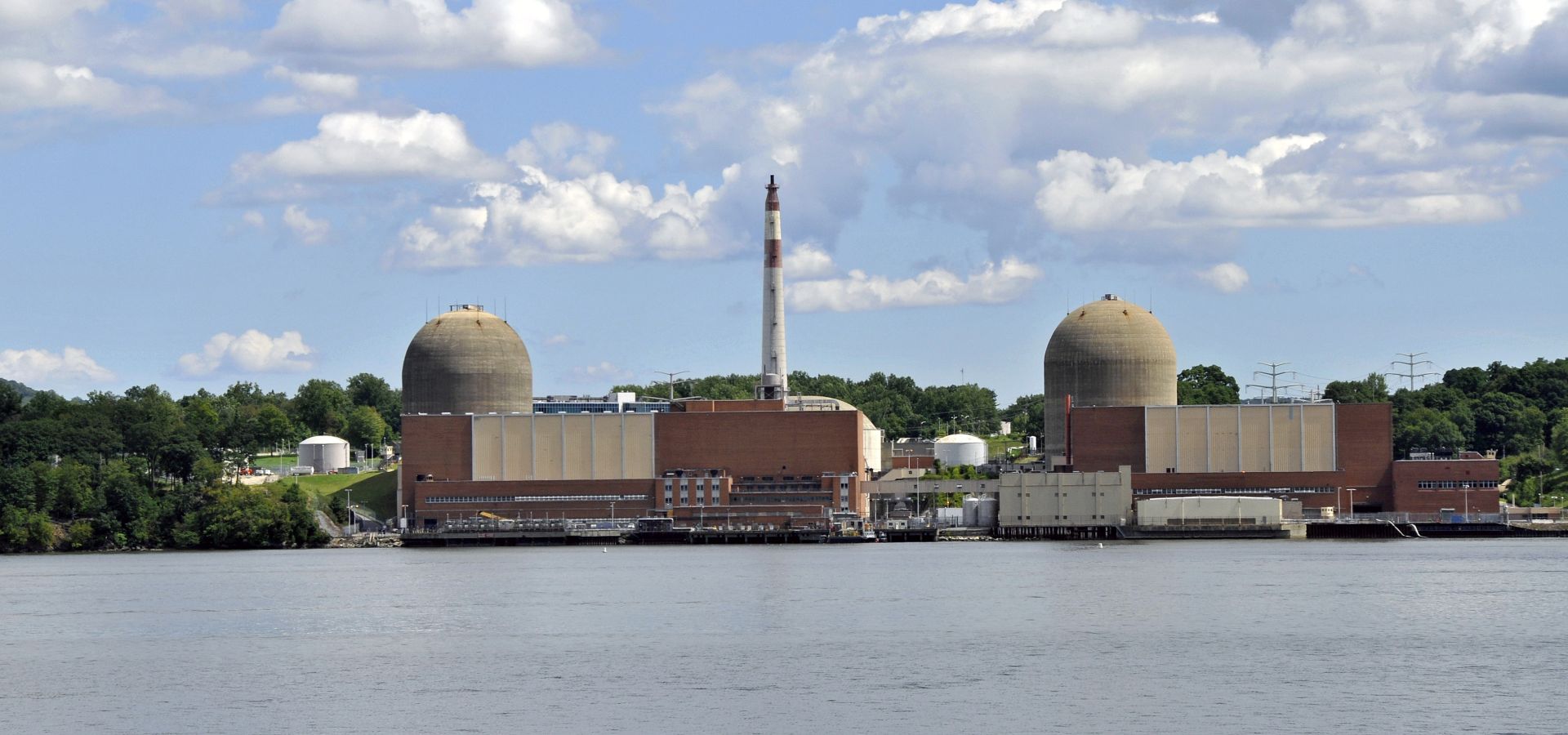

From Rooseveltian public power to private markets, this plant lived through capital’s remaking of national infrastructure over the past several decades - with major assistance from liberals.
Indian point nuclear power plant meltdown archive#
(Susan Watts / NY Daily News Archive via Getty Images)īut beyond climate change or the electrical grid, the premature closure of Indian Point also tells another story. Aerial view of the Indian Point nuclear power plant in Westchester County.

Too many have become convinced that our ecological goal is to increase renewable energy, as opposed to decreasing greenhouse gas emissions. And for the latter, far more essential goal, shutting down even a single safe nuclear power plant is a huge step back. Too many liberals - and too many on the Left - have become convinced that our ecological goal is increasing renewable energy, as opposed to decreasing greenhouse gas emissions. “Let’s raise a glass to everyone who was brave and worked hard ,” cheered Alec Baldwin. “It’s been an honor for NRDC to work with our tireless partners and advocates who have fought long and hard to close Indian Point,” announced the Natural Resources Defense Council, which has over $300 million in the bank. “Thank you for being such an outstanding partner to thousands and thousands of children and supporting hundreds and hundreds of educators,” said the school district’s superintendent.Įlsewhere, environmental groups celebrated. “They were our largest employer and taxpayer, so some difficult times,” said the mayor of Buchanan, the village that has hosted the plant for half a century. “I hate to see it leave, ’cause we’re liable to have blackouts now,” said a ninety-three-year-old retired union carpenter who worked there for thirty-five years. On its final day of operation, the union and other Indian Point supporters held an event to honor the workers and the plant. How did we get here? A Funeral for New York’s Clean Energy The union’s president likened it to deindustrialization in Detroit.Īnd yet, somehow, this travesty for workers and the environment has been spun by many environmental activists as a victory. Now their successors have to watch nearly one thousand high-wage, heavily unionized jobs disappear - and their small towns deflate - as capital moves to greener pastures elsewhere. It turns out that those workers a generation ago were right: nuclear power was indeed replaced with far dirtier fossil fuels, leading to more carbon emissions and more air pollution. But against all reason, Governor Andrew Cuomo and several well-financed nonprofits promised that Indian Point would be replaced with renewable energy. Nuclear closures around the world, from California and Vermont to Germany and Japan, have all led to this same outcome. Carbon emissions from the state’s power plants increased 15 percent, according to an E&E News analysis.

As the New York Times reported, in the year after Unit 2 was shut down, replacement power came primarily from natural gas plants, needlessly spewing more carbon into the atmosphere. With these two plants went a quarter of New York City’s electricity - all of it emissions-free. Indian Point’s last nuclear plant, Unit 3, permanently shut down on April 30, 2021, a year after its older sibling, Unit 2. In our era, though, environmentalists have finally gotten their wish. But it happened nearly half a century ago, in 1976, led not by Alexandria Ocasio-Cortez but by a prior progressive champion, Bella Abzug. Besides, a nationwide shift to renewable energy, another legislator tells the crowd, would create more jobs than it kills. The progressive congresswoman tries - but fails - to convince the workers: “We want to save your jobs.” They’re the unfortunate victims of the plant’s owner and should unite with the environmentalists. And it’s reliable - “When the lights go out, they’ll understand why nuclear energy should be on the scene,” a labor leader tells a reporter.īut most important to them, it’s a source of good union jobs in a time of high unemployment. It’s clean - there’d be more air pollution and more dependence on imported fossil fuels without it. It’s safe - they wouldn’t want their members working there if it weren’t. With chants, signs, and bullhorns, the union mounts its defense of Indian Point. They outnumber the environmentalists several times over. Skewing young and college-educated, they’re led by a New York City Democratic congresswoman famous for her bold, progressive advocacy.įifty feet away, police are holding back the power plant’s supporters - the members, friends, and families of the Utility Workers Union of America Local 1-2, the union that represents four hundred employees at the plant. On a chilly Sunday in February, thirty miles up the Hudson River from New York City, a few hundred environmentalists descend on the Indian Point Energy Center, a nuclear power station, dreaming of a world powered instead by wind and sun.


 0 kommentar(er)
0 kommentar(er)
